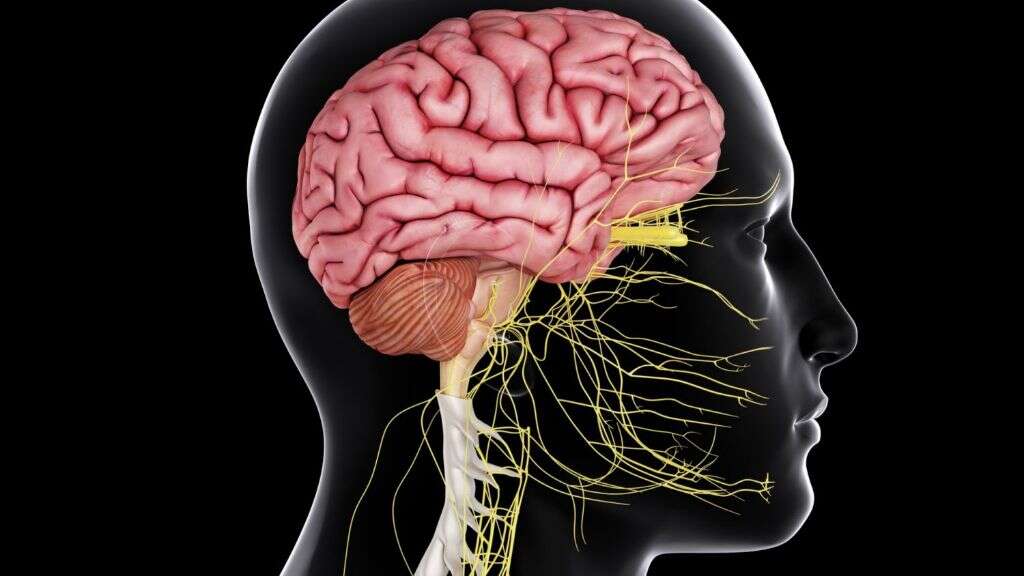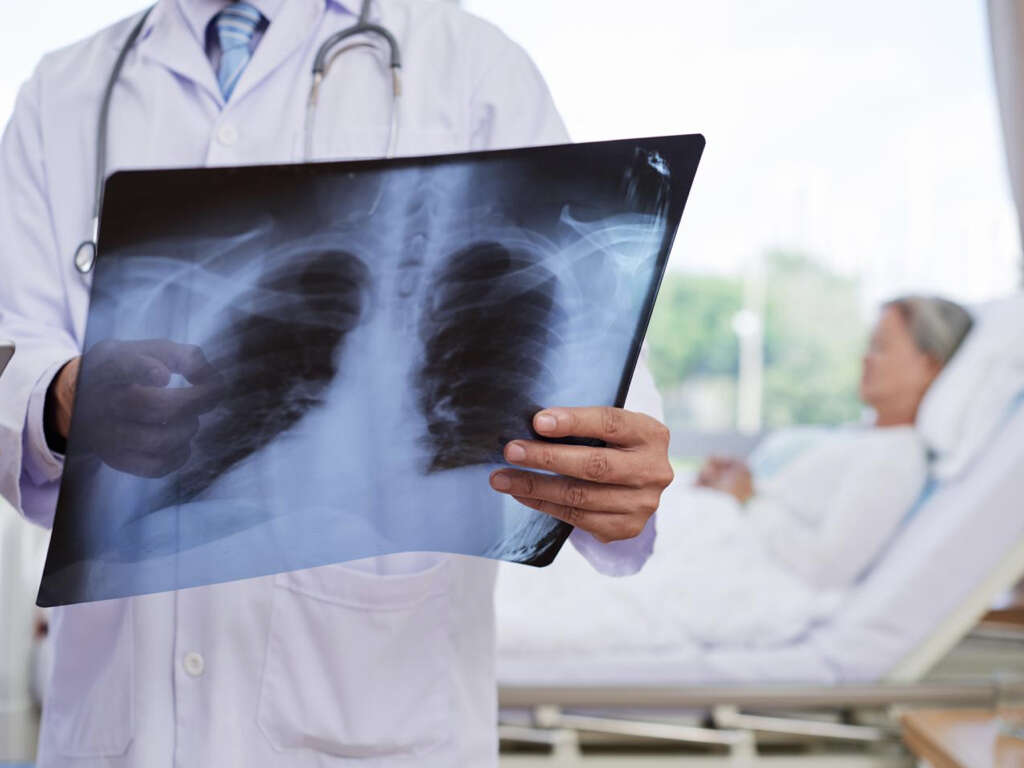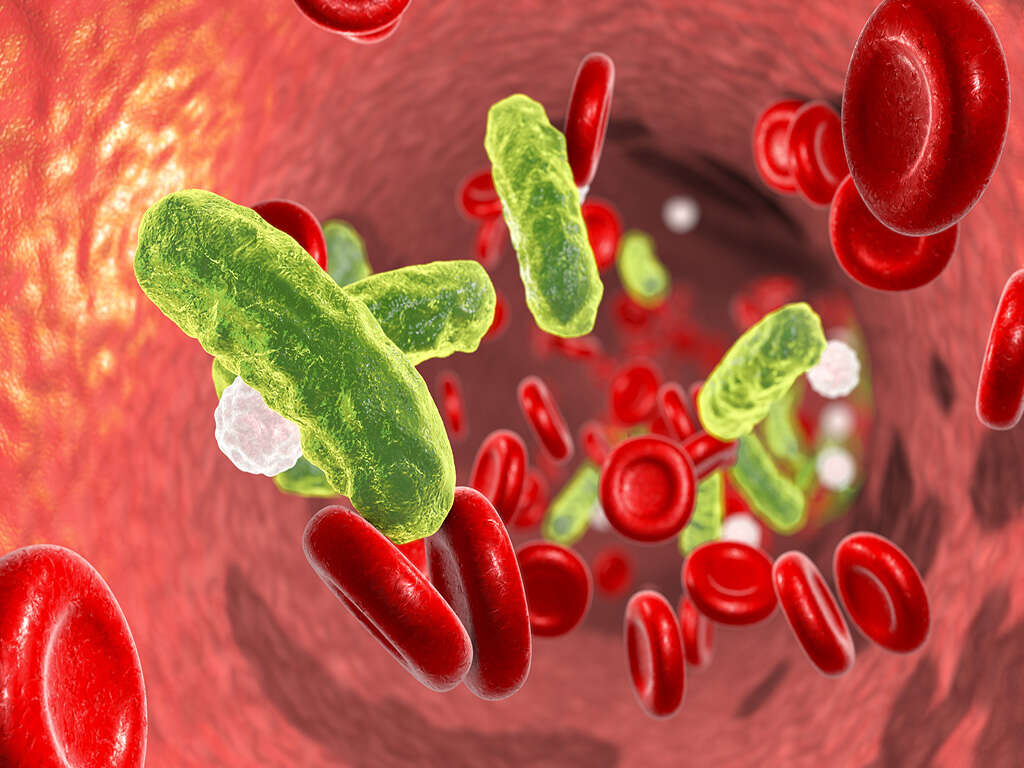10 Sepsis Symptoms
When a person has an infection in the body, sepsis may result from the immune system attempting to combat the infection. A potentially life-threatening condition, sepsis complications can occur as the chemicals the body releases to fight the infection instead target healthy tissues, causing widespread inflammation.
While little is known about why infections can sometimes trigger this response in the body, sepsis must be treated with extreme urgency as it can quickly progress to the point of organ failure. Understanding the symptoms associated with this response is essential for quickly seeking medical treatment before sepsis shock occurs. Here are 10 signs to look out for if you believe that you or someone you know may be experiencing sepsis.
1. Abnormal Body Temperature
In the first stages of sepsis, the individual has an abnormal body temperature, with most people first experiencing a fever that is greater than 101°F. However, some people may have a low body temperature below 96.8°F. Chills and uncontrollable shaking may appear during episodes of fever.
Typically, as sepsis progresses to the point of septic shock, hypothermia occurs, which is when the body loses heat at a faster rate than what it can produce. This leads to dangerously low body temperatures. For many people, a body temperature that is too high or too low is the first symptom noticed.
2. High Heart Rate
An increased heart rate is another major sign that the body is in sepsis. When the body is severely stressed, tachycardia is a common side effect. This results in the heart beating at a rate of more than 100 times per minute, which may persist and worsen as the patient enters septic shock.
With an increased heart rate, one of the major concerns is whether the heart and other organs in the body are receiving adequate blood supply. Tachycardia is usually a response to the changes in the body associated with both the infection and sepsis. It is a mechanism that tries to ensure a constant supply of blood to all the tissues in the body.

3. Decreased Urination
As sepsis progresses to a more dangerous state, the body may begin to decrease its urine output. In some situations, the body may continue to produce normal levels of urine, but tests often come back with abnormal sodium and electrolyte levels.
Changes in urination often indicate that the kidneys have been affected by sepsis. While a kidney infection may have been the original cause of sepsis, acute kidney injury may result as sepsis damages the body. Dialysis may be required to remove toxins from the blood.
4. High Respiratory Rate
As the heart rate increases, so does the body’s respiratory rate. Tachypnea, or rapid breathing, is often present in individuals with sepsis and can indicate an increased chance of mortality, both during and after treatment. This symptom is most common in patients experiencing pneumonia or acute respiratory distress syndrome.
For patients with this complication, the respiratory rate is often equal to or greater than 22 breaths a minute. This can cause the individual to feel short of breath.

5. Altered Mental Functioning
In addition to affecting the individual’s physical functioning, a person experiencing sepsis may have an altered mental status, especially in more severe cases. Many sepsis patients experience changes in mental functioning, which can be an indicator of organ dysfunction.
For some individuals, sepsis may cause extreme agitation and anxiety. Many patients, especially elderly individuals, they may be very disoriented. Often, this state of apprehension and confusion worsens as sepsis progresses. Some people may be very lethargic and in a stupor.
6. Severe Pain
Depending on the source of the sepsis, patients may feel acute pain in their abdomen, which can indicate an abdominal infection, including the kidneys, appendix, intestines, urinary tract, or bowels. For cases caused by Acute Respiratory Distress Syndrome (ARDS), chest pain is typical.
If the source of the infection is in the central nervous system (CNS), patients might complain about intense headaches. Skin and soft tissue infections might also cause pain to appear in the affected region.

7. Dizziness
Dizziness is defined as the loss of balance and/or the feeling of being lightheaded. It is a subjective sensation that can show up suddenly and may cause a person to feel ill. It is important to try to sit down as soon as possible to prevent falls that could result in serious complications.
As sepsis progresses, it may lead to hypotension. In some cases, the blood pressure drops significantly which can compromise the flow of blood to the tissues. One of the first organs to show symptoms of inadequate blood supply is the brain. Feeling dizzy is one of the first symptoms associated with hypotension and it can lead to fainting.
8. Weakness and Fatigue
Extreme lethargy and fatigue are common symptoms associated with sepsis. While these signs on their own are not enough to warrant concern, combined with other symptoms on this list, weakness is one of the first manifestations that a person is septic.
Depending on the cause of sepsis, fatigue can be very common. Many infections cause the patient to feel tired and fatigued. This might be a direct result of the overworked body fighting the infection, or it can be due to inadequate nutrition associated with the disease as well.

9. Nausea
Nausea is commonly defined as the urge to vomit. It can appear suddenly but in some cases, it has an insidious onset. It is a non-specific symptom that can be associated with many conditions, but it can also be triggered by certain events or things in our surroundings.
Depending on the cause of sepsis, nausea could be a common symptom. Conditions like a perforated appendix and pancreatitis are known to cause nausea and even vomiting. Other conditions might cause the patient to feel sick due to intense pain or dizziness.
10. Patches of Skin Discoloration
For both children and adults experiencing sepsis, discoloration of the skin can be a clear sign that treatment is needed. This discoloration can manifest as pale, clammy skin, or people may have mottling on the skin that gradually worsens over time.
The marking that occurs from sepsis often appears as a hemorrhagic rash, which first has the appearance of pinprick red marks on the skins, similar to popped blood vessels, and grows until it looks like bruises. As the markings continue to expand, entire patches of red or purple can be found on the skin.








